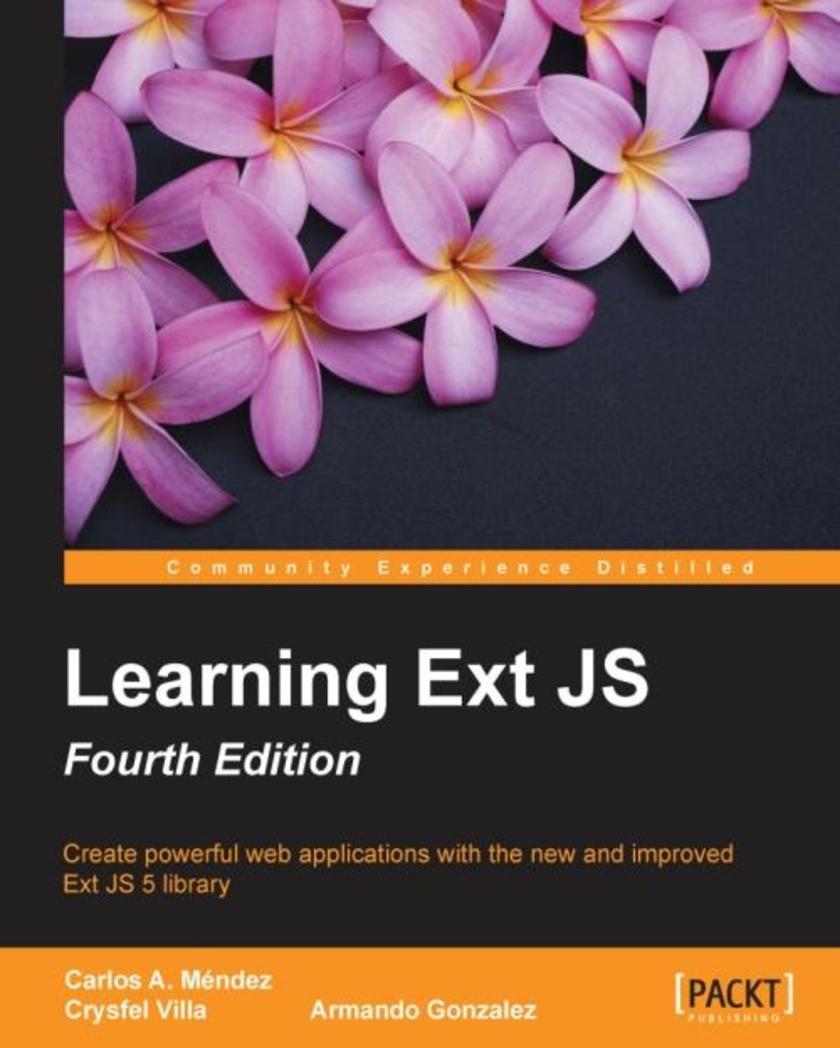
Learning Ext JS - Fourth Edition
¥90.46
If you are a JavaScript developer who now wants to use the Ext JS framework, this is the book for you. This guide is useful to you whether you're new to Ext JS 5 or are a seasoned expert. Experience in HTML, CSS, and JavaScript is required in order to understand and get the most out of this book.
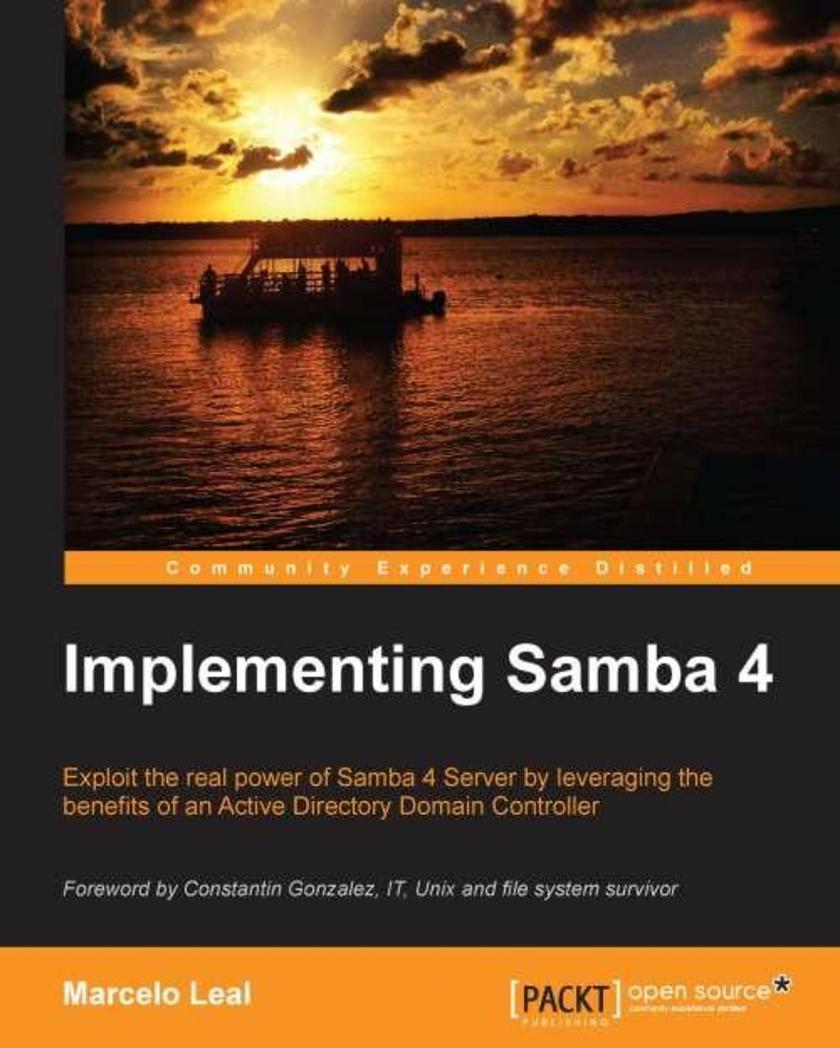
Implementing Samba 4
¥90.46
This book is an implementation tutorial covering stepbystep procedures, examples, and sample code, and has a practical approach to set up a Samba 4 Server as an Active Directory Domain Controller and also set up different Samba 4 server roles. This book is ideal for system administrators who are new to the Samba 4 software, and who are looking to get a good grounding in how to use Samba 4 to implement Active Directory Services. It's assumed that you will have some experience with general system administration, Active Directory, and GNU/Linux systems. Readers are expected to have some test machines (virtual machines), which will be used to execute the examples within this book.
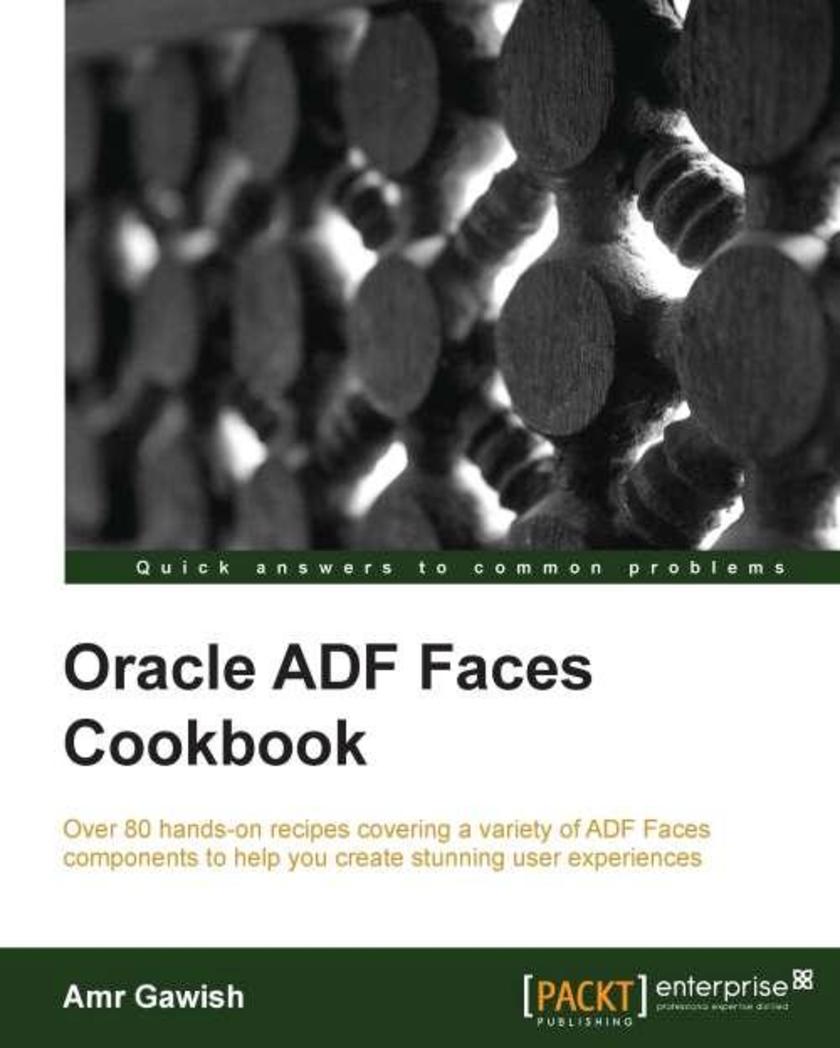
Oracle ADF Faces Cookbook
¥90.46
This is a cookbook that covers more than 80 different recipes to teach you about different aspects of Oracle ADF Faces. It follows a practical approach and covers how to build your components for reuse in different applications. This book will also help you in tuning the performance of your ADF Faces application. If you are an ADF developer who wants to harness the power of Oracle ADF Faces to create exceptional user interfaces and reactive applications, this book will provide you with the recipes needed to do just that. You will not need to be familiar with Oracle ADF Faces, but you should be comfortable with Java application development, Java EE frameworks, and JSF. This book is also for ADF developers who know how to use Oracle ADF Faces but who want to know what’s new in Oracle ADF Faces 12c.
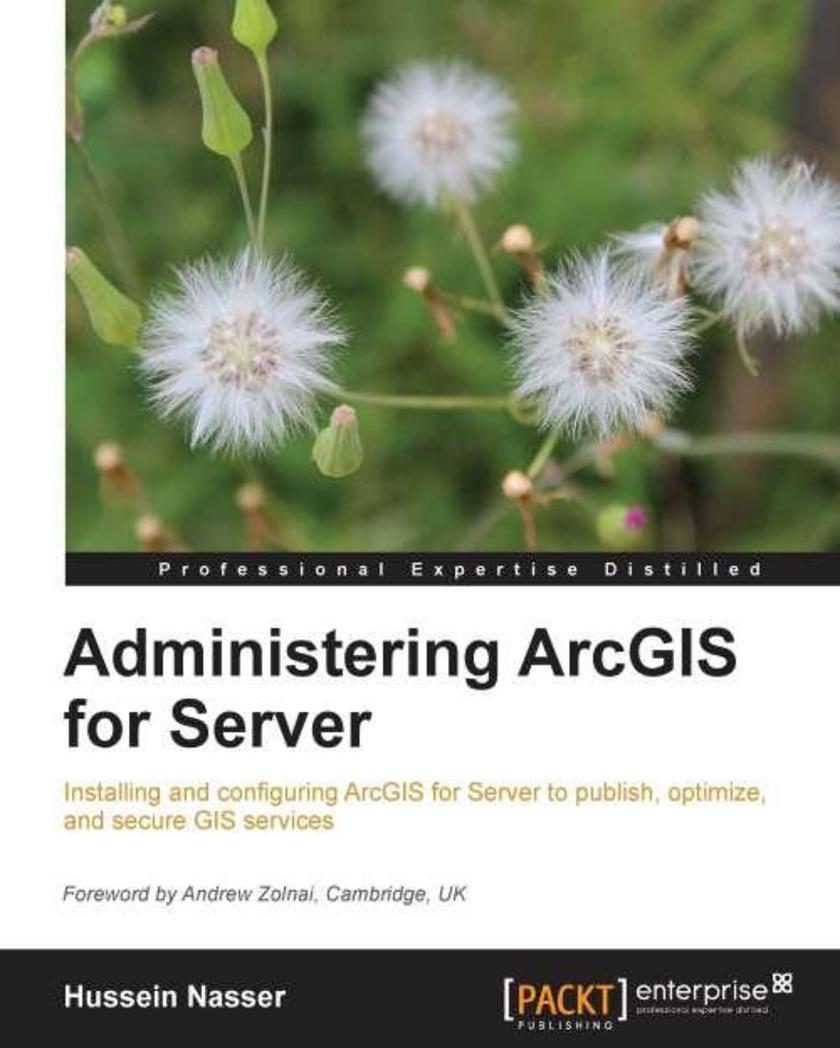
Administering ArcGIS for Server
¥90.46
This book is a practical, stepbystep tutorial providing a complete reference guide to the setup, installation, and administration of ArcGIS Server technology. If you are a GIS user, analyst, DBA, or programmer with a basic knowledge of ESRI GIS, then this book is for you.
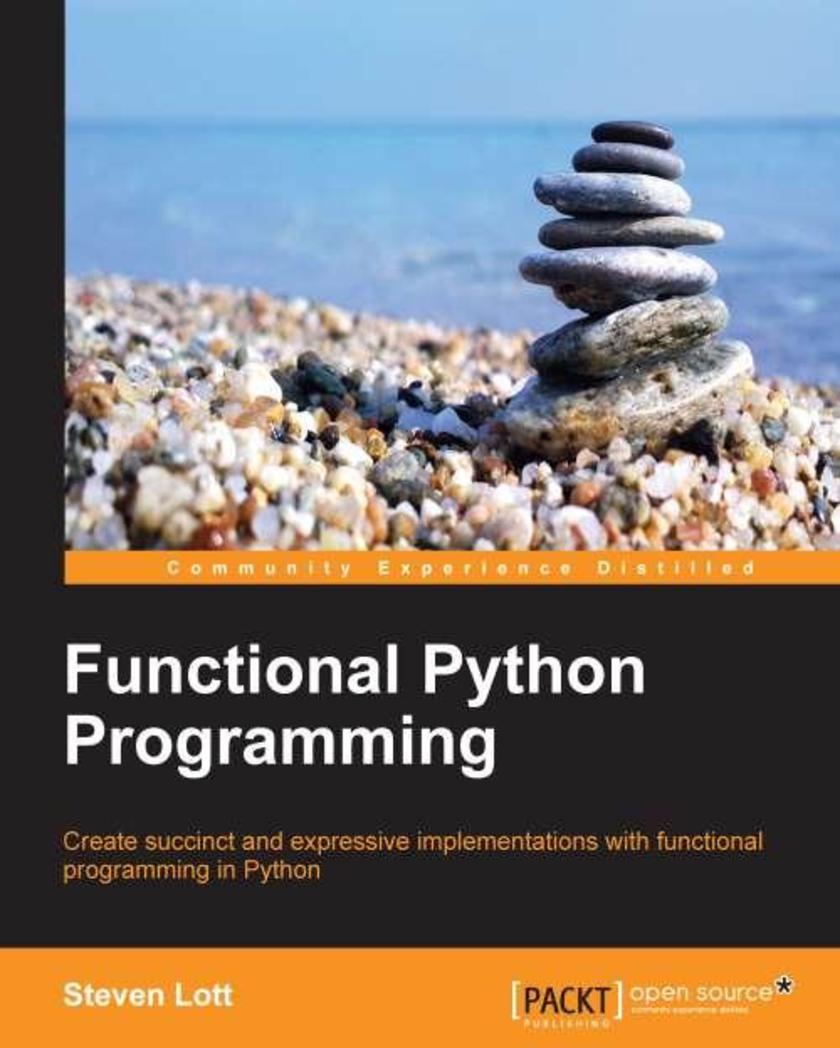
Functional Python Programming
¥90.46
This book is for developers who want to use Python to write programs that lean heavily on functional programming design patterns. You should be comfortable with Python programming, but no knowledge of functional programming paradigms is needed.
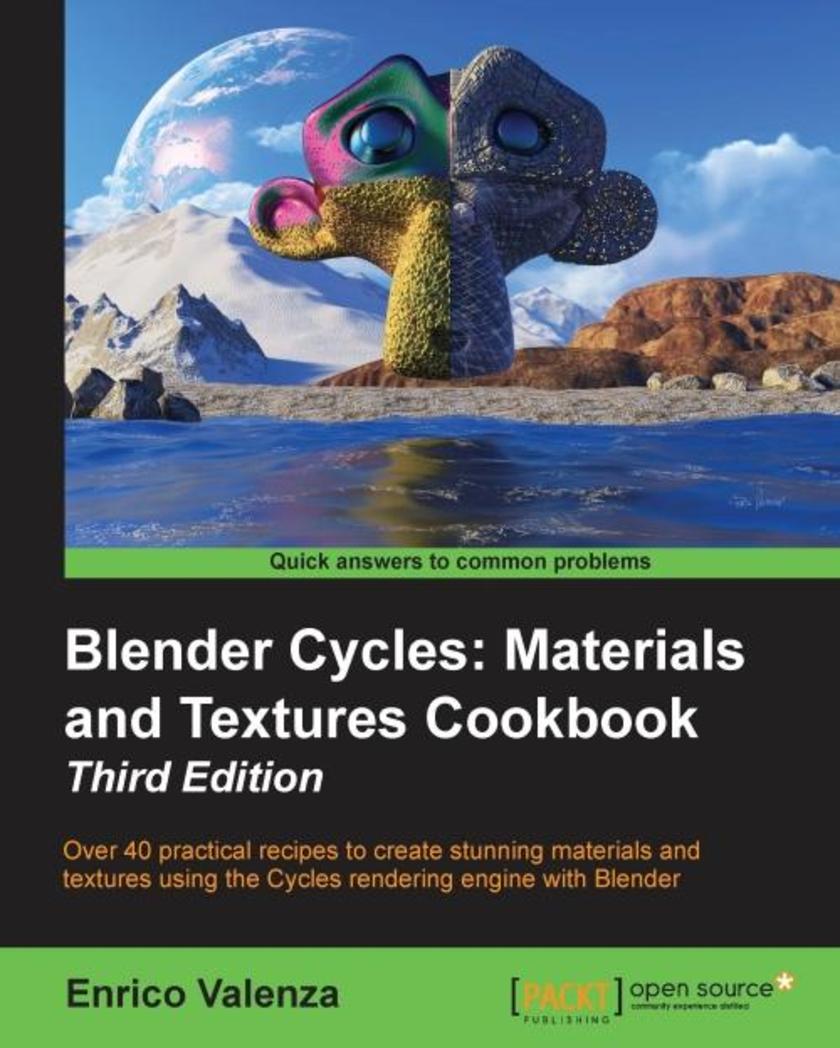
Blender Cycles: Materials and Textures Cookbook - Third Edition
¥90.46
This book is aimed at those familiar with the basics of Blender, looking to delve into the depths of the Cycles rendering engine to create an array of breath-taking materials and textures.
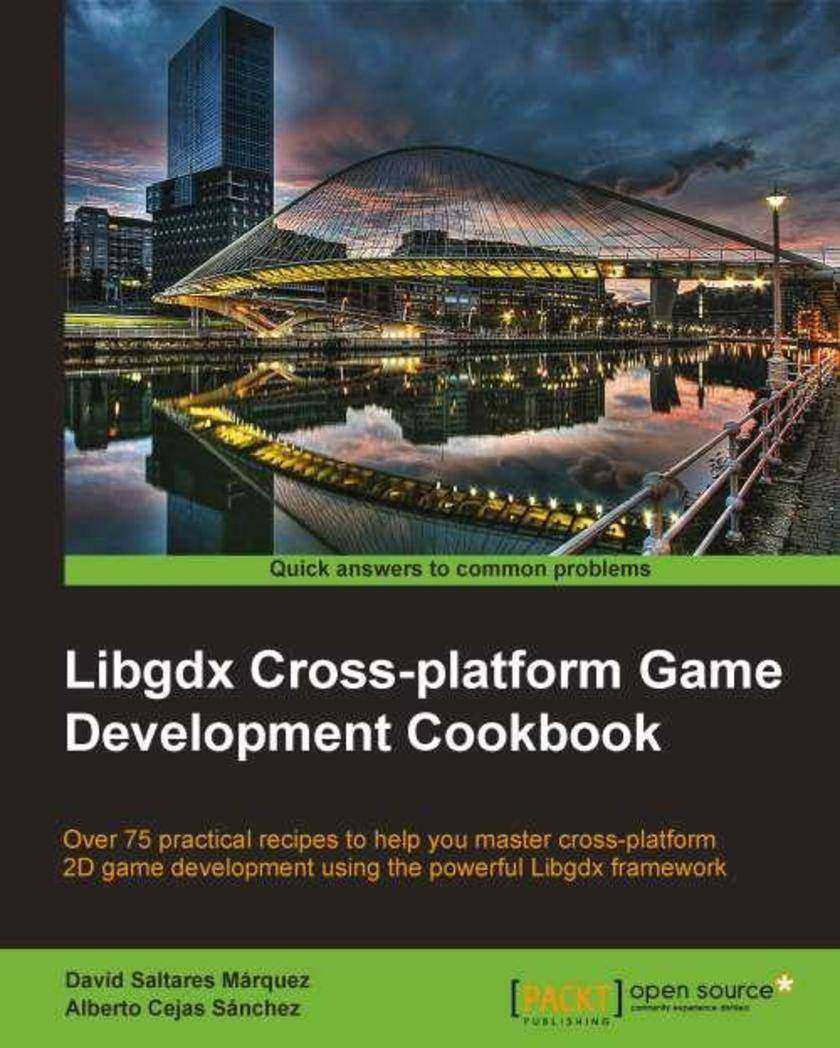
LibGDX Cross platform Development Cookbook
¥90.46
If you want to make cross-platform games without the hassle and dangers of writing platform-specific code, or If you are a game programmer who may have some experience with Java and you want to learn everything you need to know about Libgdx to produce awesome work, this is the book for you. To take full advantage of the recipes in this book, you are expected to be familiar with java with good game programming knowledge.
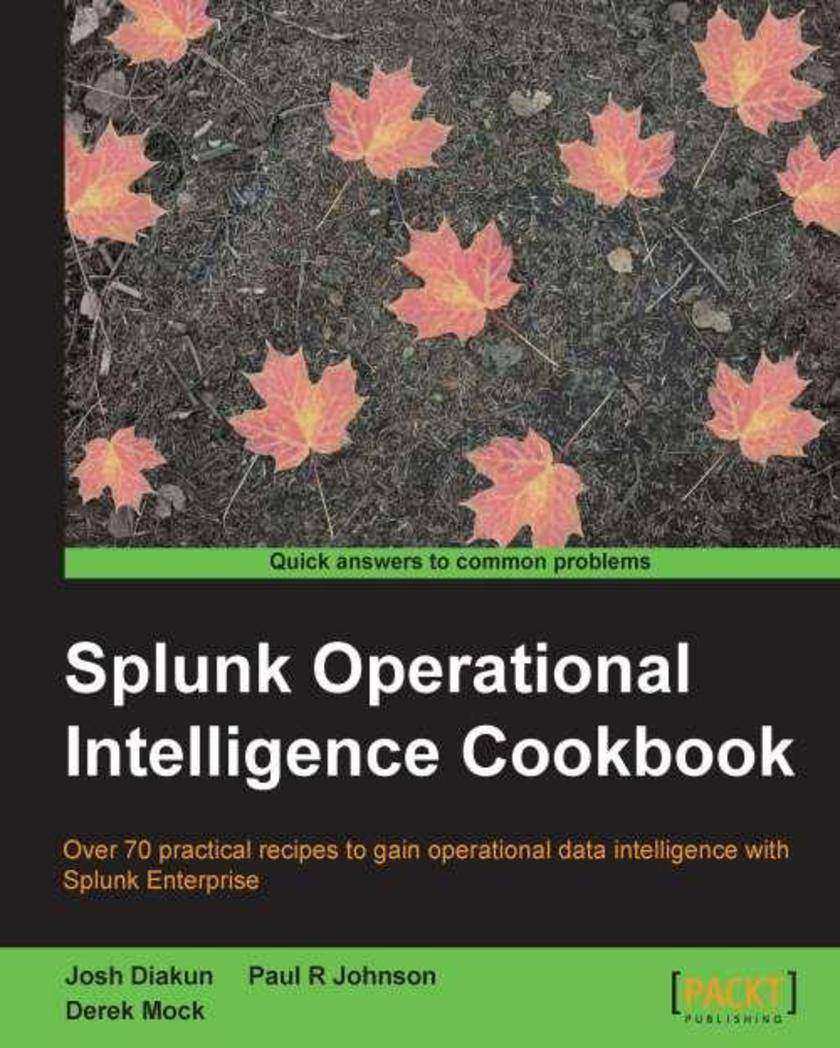
Splunk Operational Intelligence Cookbook
¥90.46
This book is intended for users of all levels who are looking to leverage the Splunk Enterprise platform as a valuable operational intelligence tool. The recipes provided in this book will appeal to individuals from all facets of a business – IT, Security, Product, Marketing, and many more!
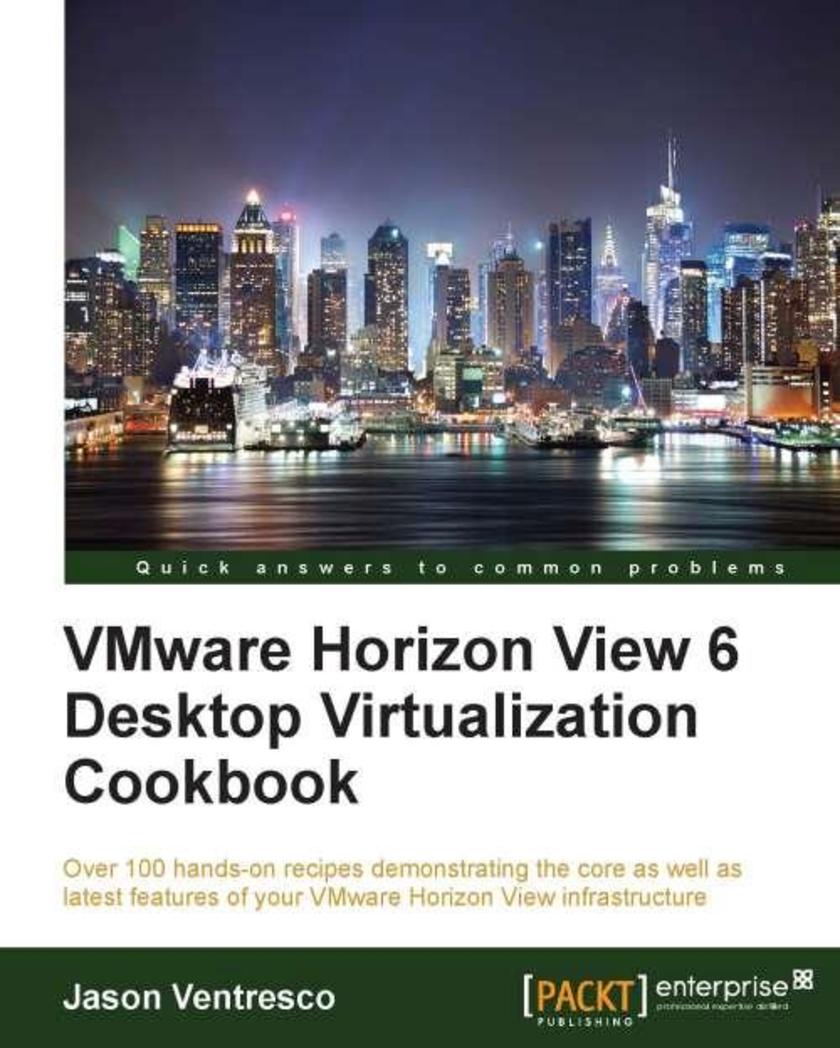
VMware Horizon View 6 Desktop Virtualization Cookbook
¥90.46
If you want a more detailed explanation concerning the implementation of several different core features of VMware Horizon View, this is the book for you. Whether you are new to VMware Horizon View or an existing user, this book will provide you with the knowledge you need to successfully deploy several core features and get introduced to the latest features of version 6.0 as well.
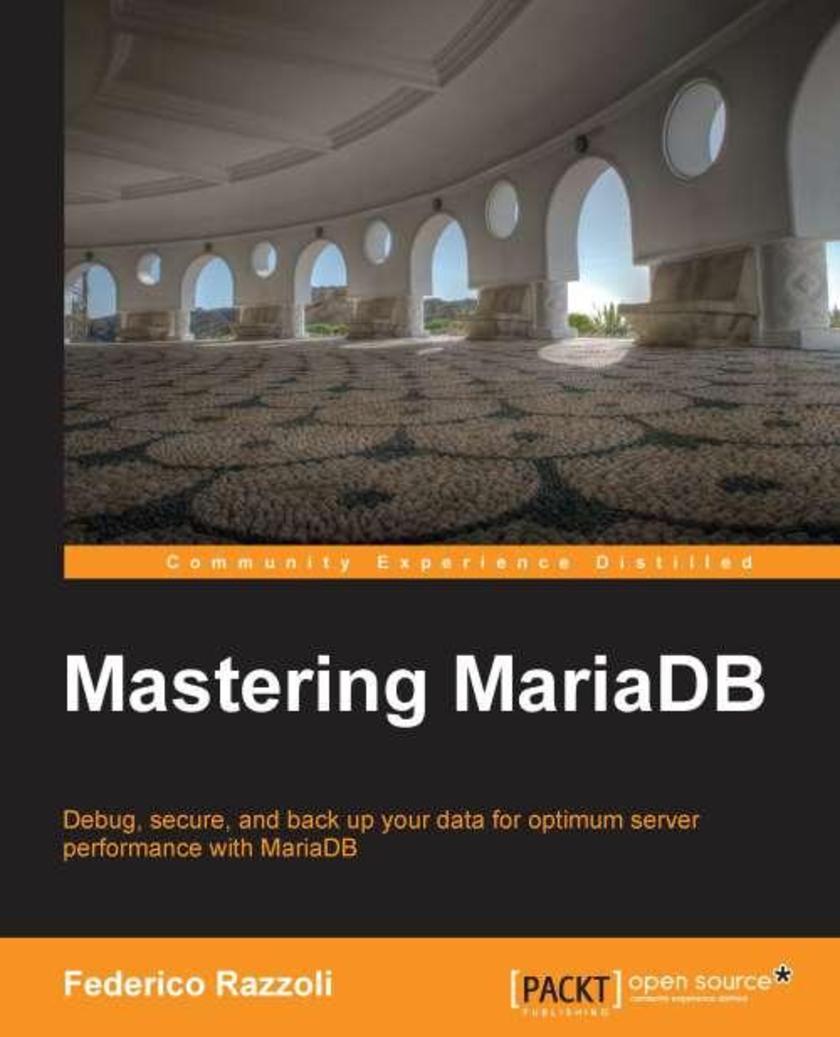
Mastering MariaDB
¥90.46
This book is intended for intermediate users who want to learn how to administrate a MariaDB server or a set of servers. It is aimed at MariaDB users, and hence working knowledge of MariaDB is a prerequisite.
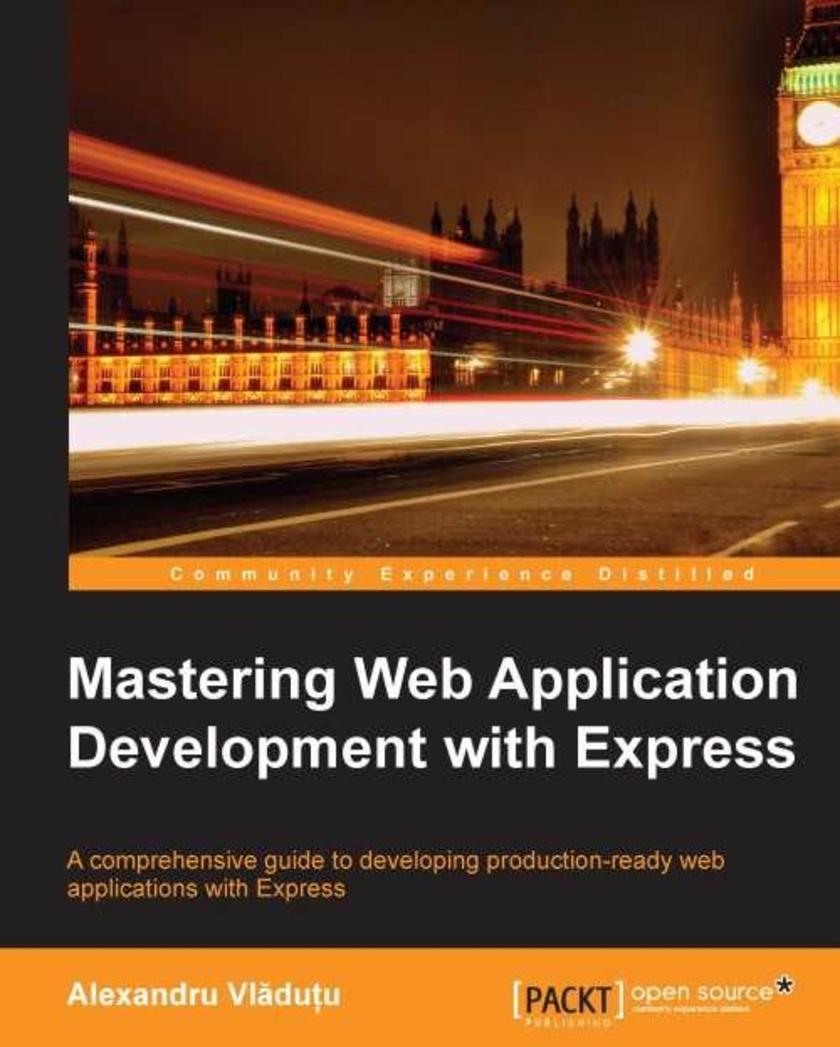
Mastering Web Application Development with Express
¥90.46
If you are a Node.js developer who wants to take your Express skills to the next level and develop high performing, reliable web applications using best practices, this book is ideal for you. The only prerequisite is knowledge of Node.js.
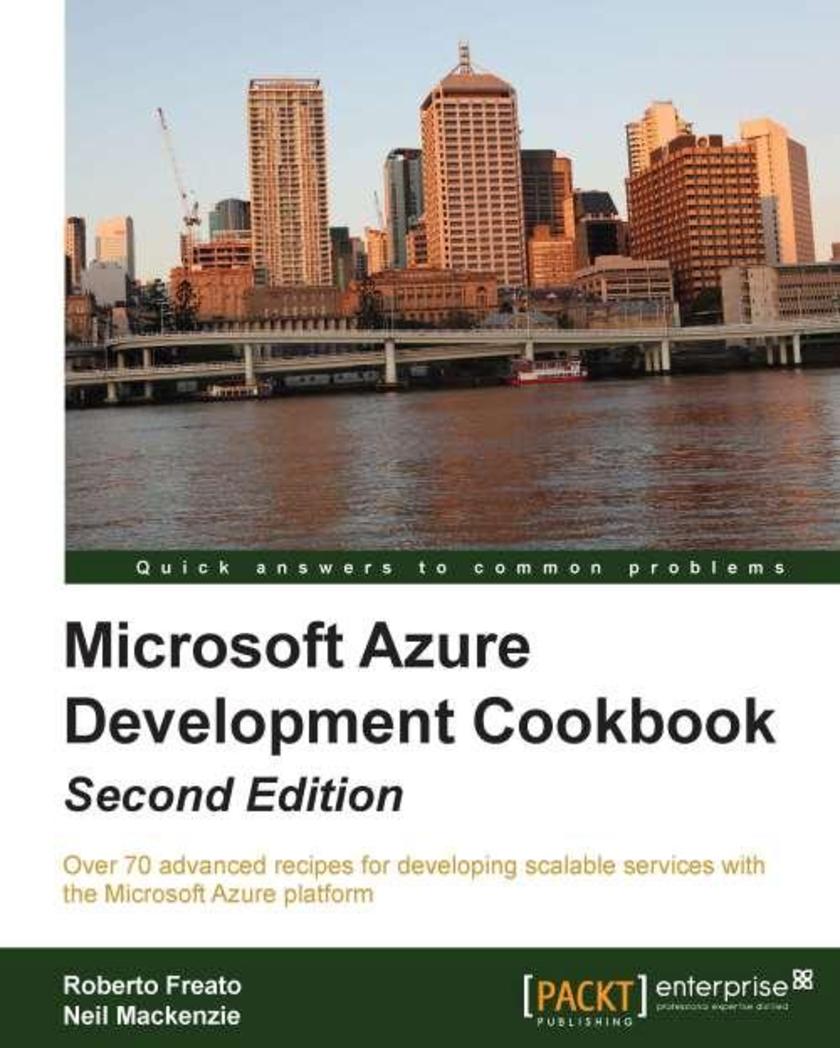
Microsoft Azure Development Cookbook
¥90.46
If you are an architect, this book will help you make the correct decisions about which Azure building blocks to use. If you are a developer, this book will help you understand how to use them appropriately, and if you are a .NET developer, this book is a pure delight.
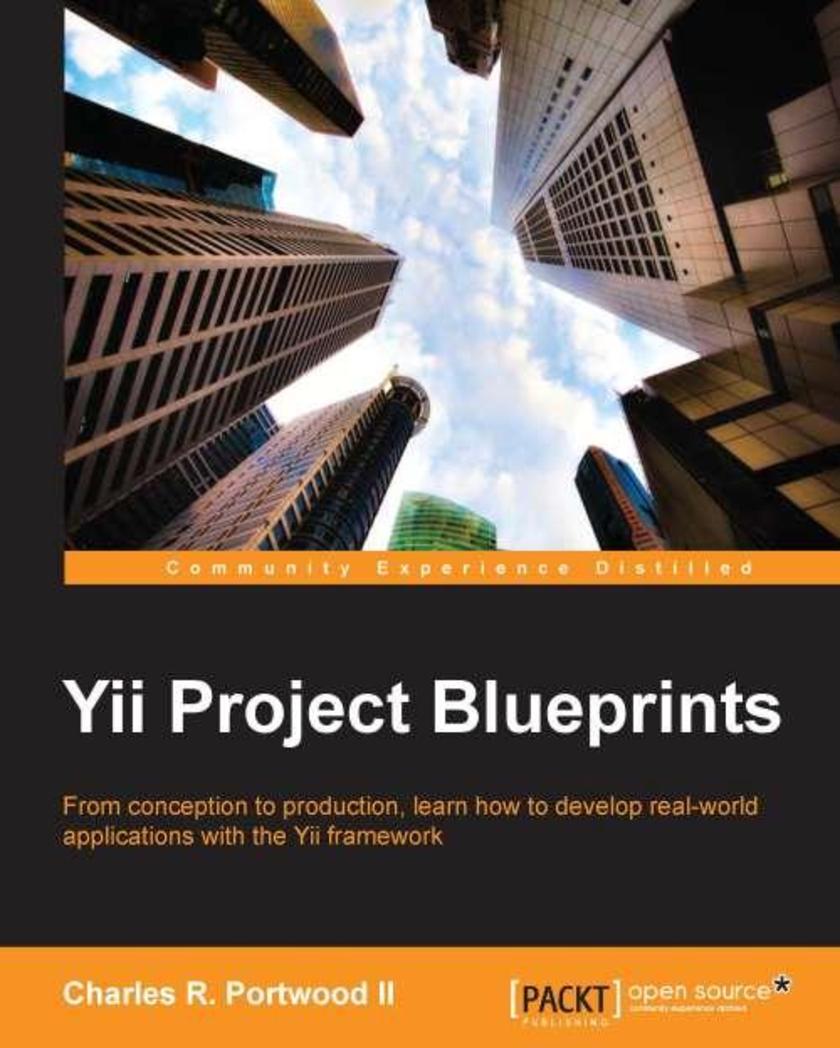
Yii Project Blueprints
¥90.46
This book is for intermediate-to-advanced level Yii developers who want to master the Yii framework and develop real-world applications. You should have experience of working with Yii, PHP 5, HTML, CSS, and JavaScript.
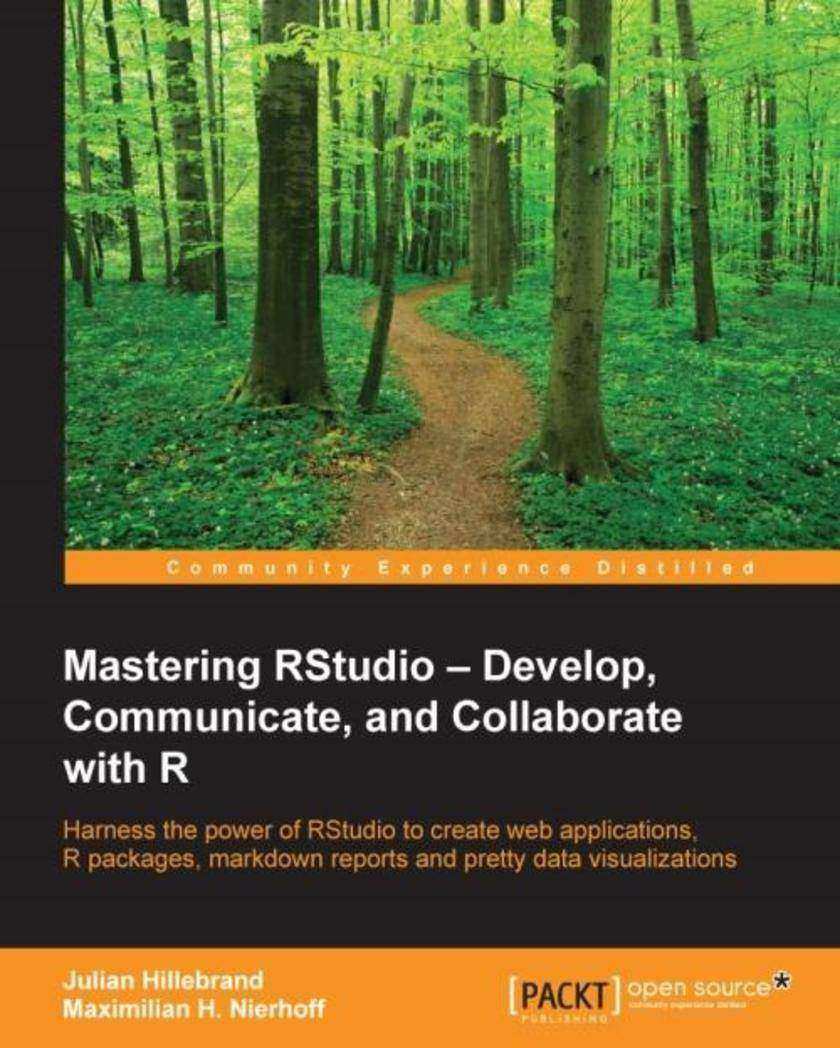
Mastering RStudio – Develop, Communicate, and Collaborate with R
¥90.46
Harness the power of RStudio to create web applications, R packages, markdown reports and pretty data visualizationsAbout This BookDiscover the multi-functional use of RStudio to support your daily work with R codeLearn to create stunning, meaningful, and interactive graphs and learn to embed them into easy communicable reports using multiple R packagesDevelop your own R packages and Shiny web apps to share your knowledge and collaborate with others.Who This Book Is ForThis book is aimed at R developers and analysts who wish to do R statistical development while taking advantage of RStudio’s functionality to ease their development efforts. R programming experience is assumed as well as being comfortable with R’s basic structures and a number of functions.What You Will LearnDiscover the RStudio IDE and details about the user interfaceCommunicate your insights with R Markdown in static and interactive waysLearn how to use different graphic systems to visualize your dataBuild interactive web applications with the Shiny framework to present and share your resultsUnderstand the process of package development and assemble your own R packagesEasily collaborate with other people on your projects by using Git and GitHubManage the R environment for your organization with RStudio and Shiny serverApply your obtained knowledge about RStudio and R development to create a real-world dashboard solutionIn DetailRStudio helps you to manage small to large projects by giving you a multi-functional integrated development environment, combined with the power and flexibility of the R programming language, which is becoming the bridge language of data science for developers and analyst worldwide. Mastering the use of RStudio will help you to solve real-world data problems.This book begins by guiding you through the installation of RStudio and explaining the user interface step by step. From there, the next logical step is to use this knowledge to improve your data analysis workflow. We will do this by building up our toolbox to create interactive reports and graphs or even web applications with Shiny. To collaborate with others, we will explore how to use Git and GitHub with RStudio and how to build your own packages to ensure top quality results. Finally, we put it all together in an interactive dashboard written with R.Style and approachAn easy-to-follow guide full of hands-on examples to master RStudio.Beginning from explaining the basics, each topic is explained with a lot of details for every feature.
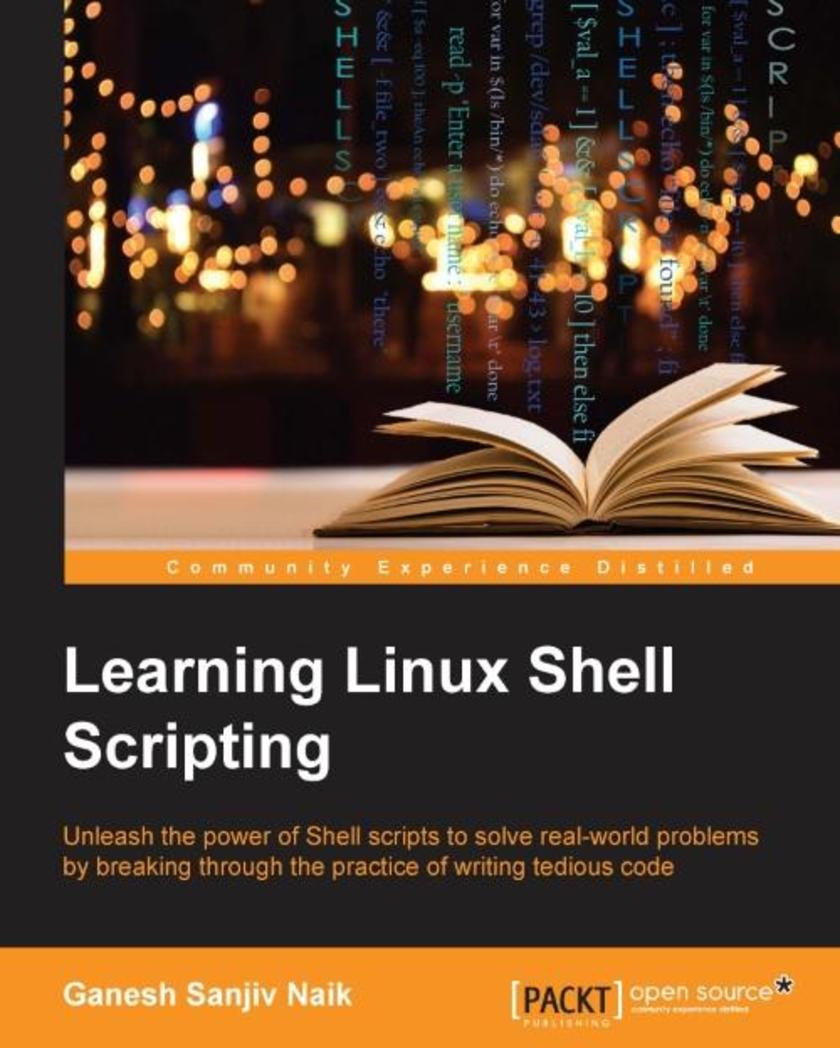
Learning Linux Shell Scripting
¥90.46
Unleash the power of shell *s to solve real-world problems by breaking through the practice of writing tedious code About This Book Learn how to efficiently and effectively build shell *s and develop advanced applications with this handy book Develop high quality and efficient solutions by writing professional and real-world *s, and debug *s by checking and shell tracing A step-by-step tutorial to automate routine tasks by developing *s from a basic level to very advanced functionality Who This Book Is For This book is ideal for those who are proficient at working with Linux and who want to learn about shell *ing to improve their efficiency and practical skills. By the end of this book, you will be able to confidently use your own shell *s in the real world. What You Will Learn Familiarize yourself with the various text filtering tools available in Linux Combine the fundamental text and file processing commands to process data and automate repetitive tasks Understand expressions and variables and how to use them practically Automate decision-making and save a lot of time and effort of revisiting code Get to grips with advanced functionality such as using traps and signals and using dialogs to develop screens Start up a system and customize a Linux system Take an in-depth look at regular expressions and pattern matching to understand the capabilities of *ing In Detail Linux is the one of the most powerful and universally adopted OSes. Shell is a program that gives the user direct interaction with the operating system. Scripts are collections of commands that are stored in a file. The shell can read this file and act on the commands as if they were typed on the keyboard. Shell *ing is used to automate day-to-day administration, and for testing or product development tasks.This book covers Bash, GNU Bourne Again SHell, preparing you to work in the exciting world of Linux shell *ing. We start with an introduction to the Shell environment and explain basic commands used in Shell. Next we move on to check, kill, and control the execution of processes in Linux OS. Further, we teach you about the filter tools available in Linux and explain standard output and standard errors devices.Then we will ensure you understand Shell’s interpretation of commands and get a firmer grasp so you use them in practice. Next, you’ll experience some real-world essentials such as debugging and perform Shell arithmetic fluently. Then you’ll take a step ahead and learn new and advanced topics in Shell *ing, such as starting up a system and customizing a Linux system. Finally, you’ll get to understand the capabilities of *ing and learn about Grep, Stream Editor, and Awk.Style and approach This practical book will go from the very basics of shell *ing to complex, customized automation. The idea behind this book is to be as practical as possible and give you the look and feel of what real-world *ing is like.
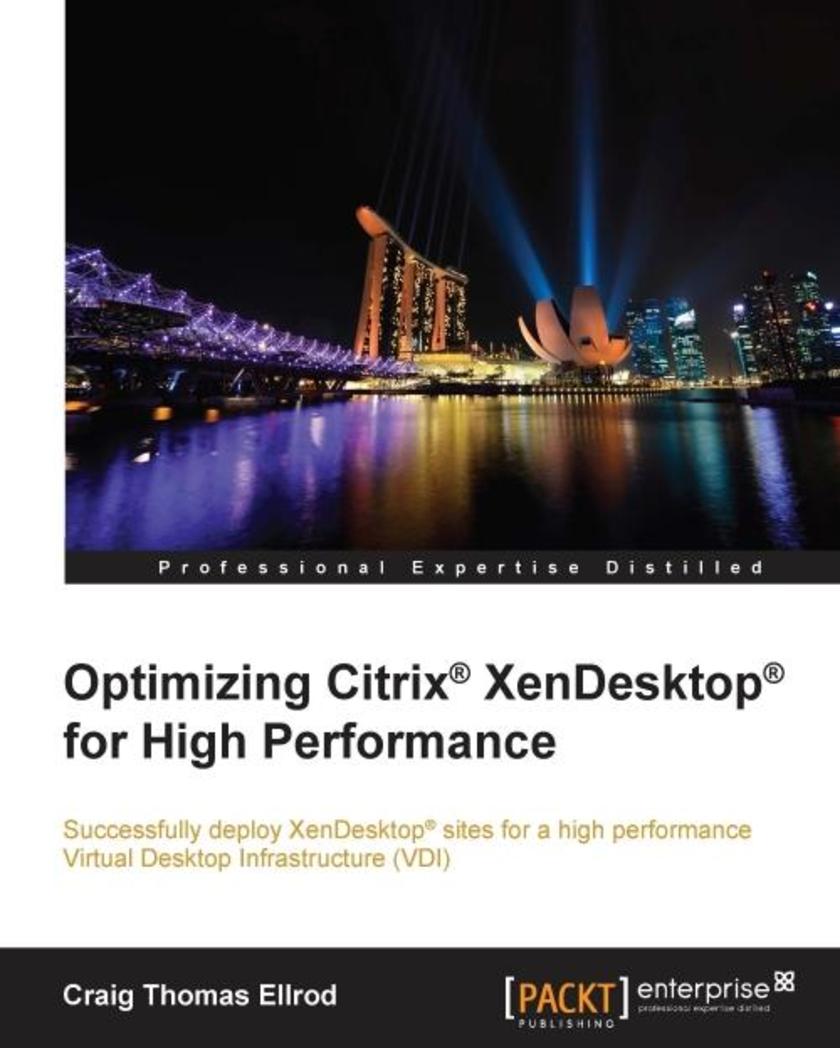
Optimizing Citrix? XenDesktop? for High Performance
¥90.46
Successfully deploy XenDesktop sites for a high performance Virtual Desktop Infrastructure (VDI) About This Book Size the VDI environment so the administrator has breathing room to design and build their XenDesktop systems efficiently Use desktop virtualization tools to provide users fast, convenient access to their Windows Desktops Understand the key pinch points in the resource layers such as; the Client layer, Network Layer, Access Layer, Control Layer, Services Layer and Resources Layer Who This Book Is For Citrix XenDesktop High Performance is written for administrators who would like to deploy Citrix XenDesktop in their enterprises with the aim of providing high efficiency. Basic familiarity with Citrix XenDesktop is assumed. What You Will Learn Understand key concepts, terminology, and system requirements Discover how components work in regards to virtualization and performance Identify architectural resource layers and components Explore the hypervisor virtualization software that runs on top of the hardware and learn how to tune it for maximum performance Analyze client hardware and software, including thin clients and mobile devices In Detail Citrix XenDesktop is a suite of desktop virtualization tools designed to provide users with fast and convenient access to their Windows desktops and applications through any device. Virtual desktops mean that rather than setting up hundreds or thousands of individual computers in an enterprise, companies can instead opt to create servers with large amounts of memory, disk, and processing resources, and use virtualization to offer these resources to end users. The result of this is that users are provided with an experience that appears to be identical to having an individual desktop PC. Each user has some disk space, processor time, and memory allocated to them, as though it is present on their own physical machine, when in reality, the resources are physically present on a centralized server. This book starts by answering the basic questions you need to ask when considering XenDesktop, followed by methods of how you can properly size your server infrastructure for XenDesktop. You’ll discover how to optimize the virtual machines used in XenDesktop, how to optimize your network for XenDesktop, and how to optimize the hypervisor and the cloud. You’ll also learn how to monitor XenDesktop to maximize performance. By the end of the book, you will be able to plan, design, build, and deploy high performance XenDesktop Virtualization systems in enterprises. You will also know how to monitor and maintain your systems to ensure smooth operation. Style and approach This book is an all-inclusive guide that uncovers hidden and previously unpublished performance improvement areas for any XenDesktop site.
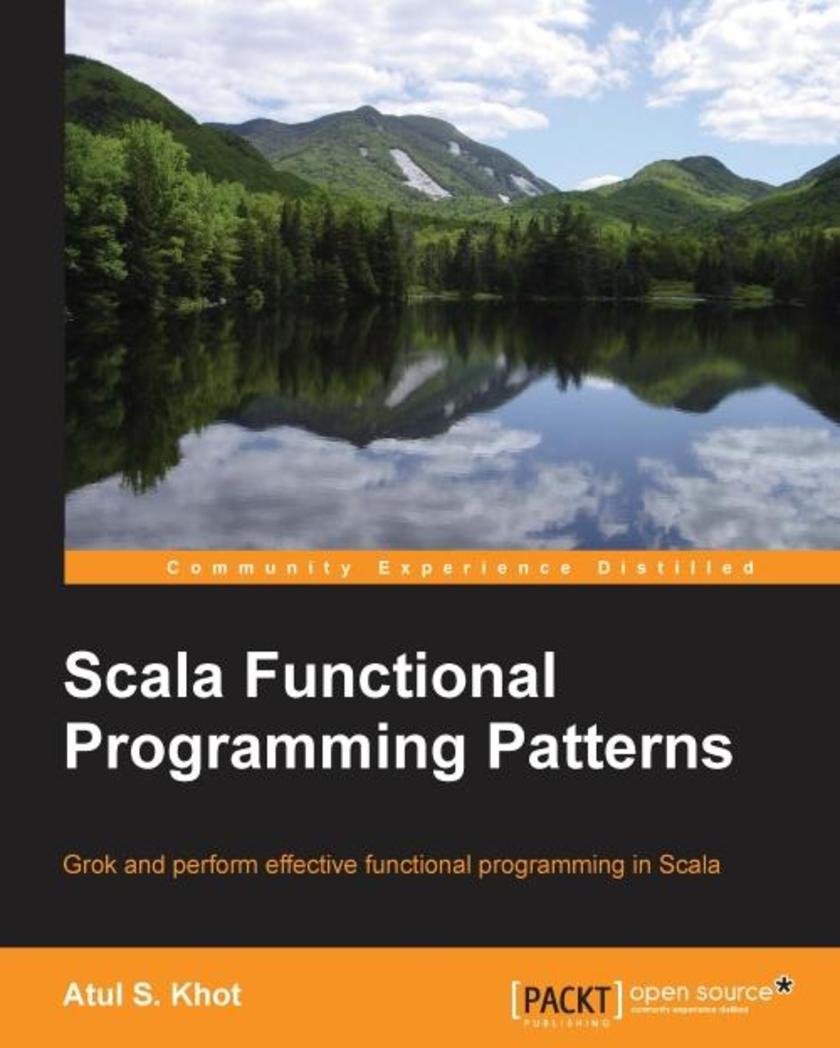
Scala Functional Programming Patterns
¥90.46
Grok and perform effective functional programming in Scala About This Book Understand functional programming patterns by comparing them with the traditional object-oriented design patterns Write robust, safer, and better code using the declarative programming paradigm An illustrative guide for programmers to create functional programming patterns with Scala Who This Book Is For If you have done Java programming before and have a basic knowledge of Scala and its syntax, then this book is an ideal choice to help you to understand the context, the traditional design pattern applicable, and the Scala way. Having previous knowledge of design patterns will help, though it is not strictly necessary. What You Will Learn Get to know about functional programming and the value Scala's FP idioms bring to the table Solve day-to-day programming problems using functional programming idioms Cut down the boiler-plate and express patterns simply and elegantly using Scala's concise syntax Tame system complexity by reducing the moving parts Write easier to reason about concurrent code using the actor paradigm and the Akka library Apply recursive thinking and understand how to create solutions without mutation Reuse existing code to compose new behavior Combine the object-oriented and functional programming approaches for effective programming using Scala In Detail Scala is used to construct elegant class hierarchies for maximum code reuse and extensibility and to implement their behavior using higher-order functions. Its functional programming (FP) features are a boon to help you design “easy to reason about” systems to control the growing software complexities. Knowing how and where to apply the many Scala techniques is challenging. Looking at Scala best practices in the context of what you already know helps you grasp these concepts quickly, and helps you see where and why to use them. This book begins with the rationale behind patterns to help you understand where and why each pattern is applied. You will discover what tail recursion brings to your table and will get an understanding of how to create solutions without mutations. We then explain the concept of memorization and infinite sequences for on-demand computation. Further, the book takes you through Scala’s stackable traits and dependency injection, a popular technique to produce loosely-coupled software systems. You will also explore how to currying favors to your code and how to simplify it by de-construction via pattern matching. We also show you how to do pipeline transformations using higher order functions such as the pipes and filters pattern. Then we guide you through the increasing importance of concurrent programming and the pitfalls of traditional code concurrency. Lastly, the book takes a paradigm shift to show you the different techniques that functional programming brings to your plate. This book is an invaluable source to help you understand and perform functional programming and solve common programming problems using Scala’s programming patterns. Style and approach This is a hands-on guide to Scala's game-changing features for programming. It is filled with many code examples and figures that illustrate various Scala idioms and best practices.
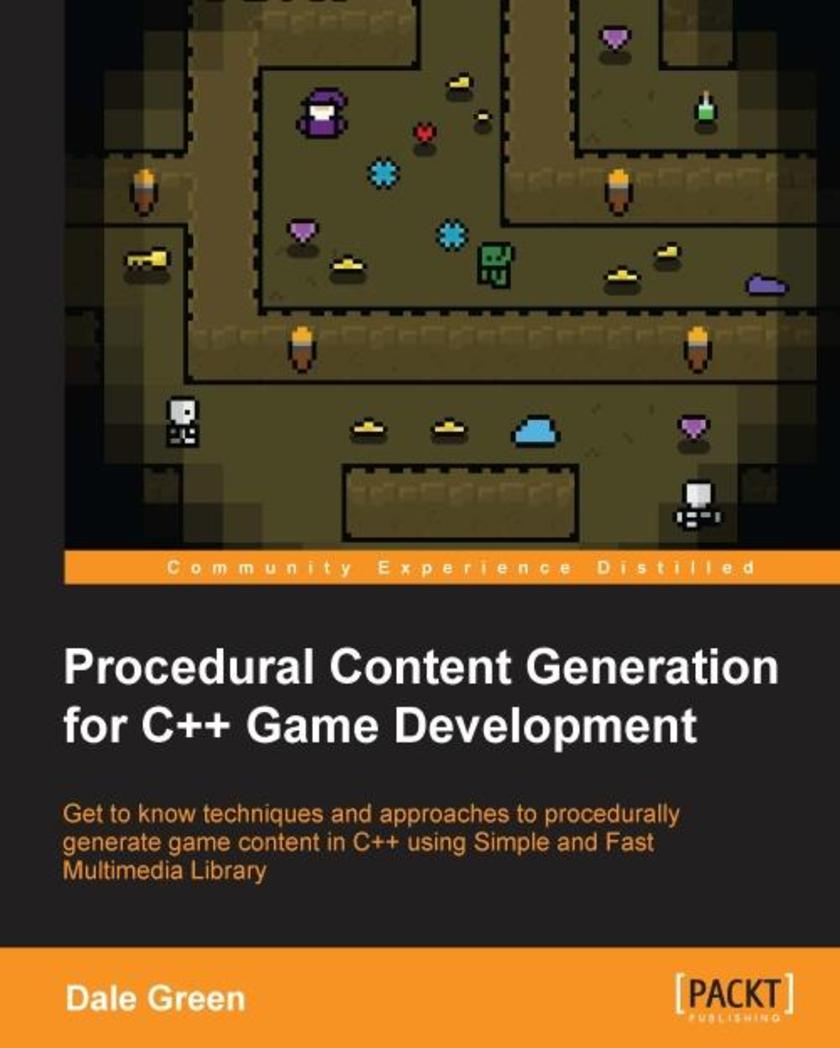
Procedural Content Generation for C++ Game Development
¥90.46
Get to know techniques and approaches to procedurally generate game content in C++ using Simple and Fast Multimedia LibraryAbout This BookThis book contains a bespoke Simple and Fast Multimedia Library (SFML) game engine with complete online documentationThrough this book, you’ll create games that are non-predictable and dynamic and have a high replayability factorGet a breakdown of the key techniques and approaches applied to a real game.Who This Book Is ForIf you are a game developer who is familiar with C++ and is looking to create bigger and more dynamic games, then this book is for you. The book assumes some prior experience with C++, but any intermediate concepts are clarified in detail. No prior experience with SFML is required.What You Will LearnDiscover the systems and ideology that lie at the heart of procedural systemsUse Random number generation (RNG) with C++ data types to create random but controlled resultsBuild levels procedurally with randomly located items and eventsCreate dynamic game objects at runtimeConstruct games using a component-based approachAssemble non-predictable game events and scenariosOperate procedural generation to create dynamic content fast and easilyGenerate game environments for endless replayabilityIn DetailProcedural generation is a growing trend in game development. It allows developers to create games that are bigger and more dynamic, giving the games a higher level of replayability. Procedural generation isn’t just one technique, it’s a collection of techniques and approaches that are used together to create dynamic systems and objects. C++ is the industry-standard programming language to write computer games. It’s at the heart of most engines, and is incredibly powerful. SFML is an easy-to-use, cross-platform, and open-source multimedia library. Access to computer hardware is broken into succinct modules, making it a great choice if you want to develop cross-platform games with ease.Using C++ and SFML technologies, this book will guide you through the techniques and approaches used to generate content procedurally within game development.Throughout the course of this book, we’ll look at examples of these technologies, starting with setting up a roguelike project using the C++ template. We’ll then move on to using RNG with C++ data types and randomly scattering objects within a game map. We will create simple console examples to implement in a real game by creating unique and randomised game items, dynamic sprites, and effects, and procedurally generating game events. Then we will walk you through generating random game maps. At the end, we will have a retrospective look at the project.By the end of the book, not only will you have a solid understanding of procedural generation, but you’ll also have a working roguelike game that you will have extended using the examples provided.Style and approachThis is an easy-to-follow guide where each topic is explained clearly and thoroughly through the use of a bespoke example, then implemented in a real game project.
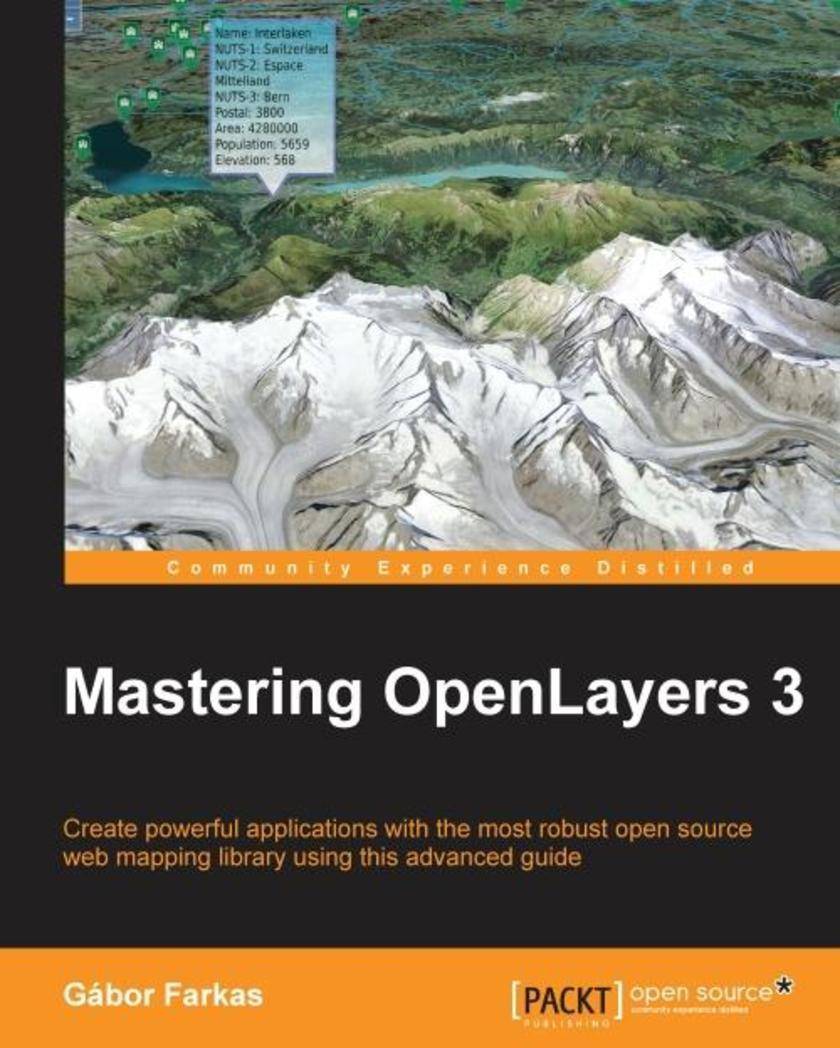
Mastering OpenLayers 3
¥90.46
Create powerful applications with the most robust open source web mapping library using this advanced guideAbout This BookDevelop responsive and platform-independent web mapping applications with OpenLayers 3Learn the key points of creating great applications with native JavaScript through the step-by-step examplesMaster the use of the library, from compiling custom builds to developing a complete WebGIS applicationWho This Book Is ForThis book is intended for front-end developers with basic understanding of JavaScript and GIS concepts, and preferably for those who are familiar with the fundamentals of OpenLayers 3. You might have never used OpenLayers 3 as a seasoned JavaScript developer. If this is the case and you are eager to learn web mapping, this book will definitely set you on the right track.What You Will LearnUse the advanced functionality of the OpenLayers 3 library effectivelyImplement the library in your application, shaping it to your needsManage layers and the layer stack dynamicallyCreate not only stunning but also accurate thematic mapsExtend OpenLayers 3 with your own custom classesDevelop mobile-friendly web mapping applicationsMake stunning effects with canvas manipulation, or visualize point clouds with WebGLIntegrate third-party applications, and create custom builds that completely satisfy your needsIn DetailOpenLayers 3 allows you to create stunning web mapping and WebGIS applications. It uses modern, cutting edge browser technologies. It is written with Closure Library, enabling you to build browser-independent applications without painful debugging ceremonies, which even have some limited fallback options for older browsers.With this guide, you will be introduced to the world of advanced web mapping and WebGIS.First, you will be introduced to the advanced features and functionalities available in OpenLayers 3. Next, you will be taken through the key points of creating custom applications with OpenLayers 3. You will then learn how to create the web mapping application of yours (or your company's) dream with this open source, expense-free, yet very powerful library. We’ll also show you how to make amazing looking thematic maps and create great effects with canvas manipulation.By the end of this book, you will have a strong command of web mapping and will be well on your way to creating amazing applications using OpenLayers 3.Style and approachThis is an advanced guide packed with comprehensive examples, and it concentrates on the advanced parts of OpenLayers 3 and JavaScript. It intentionally skips the basic and well-known methodologies, but discusses the hard-to-understand ones in great detail.
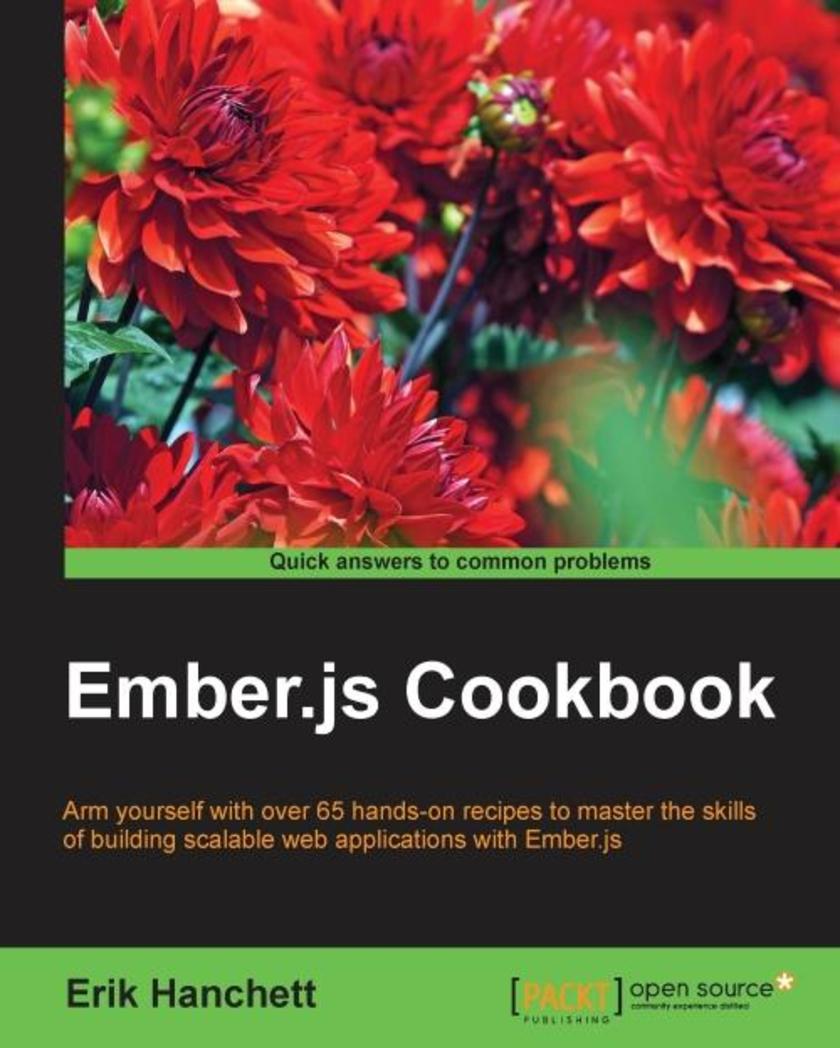
Ember.js Cookbook
¥90.46
Arm yourself with over 65 hands-on recipes to master the skills of building scalable web applications with Ember.jsAbout This BookThis book is your one-stop solution to the key features of Ember.js. Become skilled in the art of building web-apps in a fraction of the code you'd write in other frameworks.Build JavaScript apps that don't break the web! Our 100 recipes will make this a cakewalk for you!This books makes learning Ember.js easy by breaking down each topic into simple-to-understand recipesWho This Book Is ForAnyone who wants to explore Ember.js and wishes to get hands on making sophisticated web apps with less coding will find this book handy. Prior experience in Coding and familiarity with JavaScript is recommended. If you’ve heard of Ember.js or are just curious on how a single-page application framework works, then this book is for you.What You Will LearnSkip the boilerplate code with Ember CLI generatorsCreate a component with actions and eventsSet up a model with Ember Data using fixture dataCreate several different types of test cases and run themManage and set up user authentication using Ember Simple AuthAdd animated transitions to your app with Liquid FireSet up a service and initializer with dependency injectionCreate a working chat applicationSet up an Ember Service and initializer with dependency injectionCreate a working chat applicationIn DetailEmber.js is an open source JavaScript framework that will make you more productive. It uses common idioms and practices, making it simple to create amazing single-page applications. It also lets you create code in a modular way using the latest JavaScript features. Not only that, it has a great set of APIs to get any task done. The Ember.js community is welcoming newcomers and is ready to help you when needed.This book provides in-depth explanations on how to use the Ember.js framework to take you from beginner to expert. You’ll start with some basic topics and by the end of the book, you’ll know everything you need to know to build a fully operational Ember application.We’ll begin by explaining key points on how to use the Ember.js framework and the associated tools. You’ll learn how to effectively use Ember CLI and how to create and deploy your application. We’ll take a close look at the Ember object model and templates by examining bindings and observers. We’ll then move onto Ember components, models, and Ember Data. We’ll show you examples on how to connect to RESTful databases. Next we’ll get to grips with testing with integration and acceptance tests using QUnit. We will conclude by covering authentication, services, and Ember add-ons. We’ll explore advanced topics such as services and initializers, and how to use them together to build real-time applications.Style and approachEach recipe in this book will make it that much easier to understand Ember.js. Recipe after recipe, you will learn the concepts of Ember.js by following the simple step-by-step processes
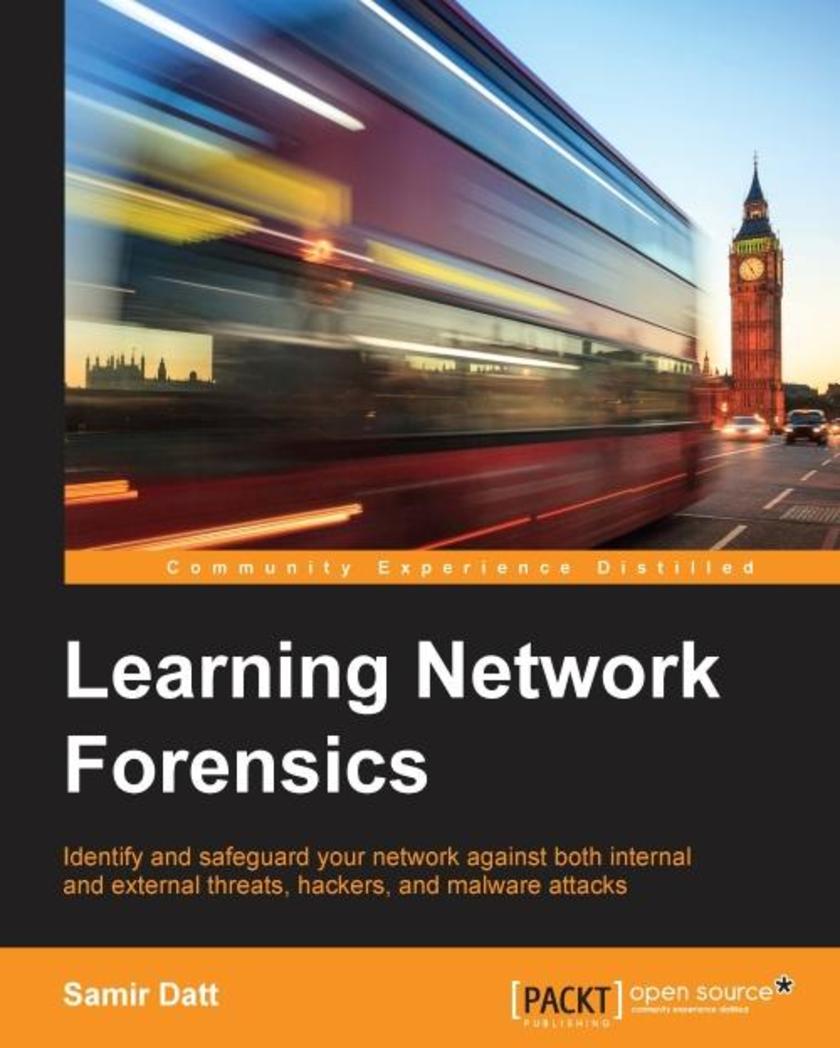
Learning Network Forensics
¥90.46
Identify and safeguard your network against both internal and external threats, hackers, and malware attacksAbout This BookLay your hands on physical and virtual evidence to understand the sort of crime committed by capturing and analyzing network trafficConnect the dots by understanding web proxies, firewalls, and routers to close in on your suspectA hands-on guide to help you solve your case with malware forensic methods and network behaviorsWho This Book Is ForIf you are a network administrator, system administrator, information security, or forensics professional and wish to learn network forensic to track the intrusions through network-based evidence, then this book is for you. Basic knowledge of Linux and networking concepts is expected.What You Will LearnUnderstand Internetworking, sources of network-based evidence and other basic technical fundamentals, including the tools that will be used throughout the bookAcquire evidence using traffic acquisition software and know how to manage and handle the evidencePerform packet analysis by capturing and collecting data, along with content analysisLocate wireless devices, as well as capturing and analyzing wireless traffic data packetsImplement protocol analysis and content matching; acquire evidence from NIDS/NIPSAct upon the data and evidence gathered by being able to connect the dots and draw links between various eventsApply logging and interfaces, along with analyzing web proxies and understanding encrypted web trafficUse IOCs (Indicators of Compromise) and build real-world forensic solutions, dealing with malwareIn DetailWe live in a highly networked world. Every digital device—phone, tablet, or computer is connected to each other, in one way or another. In this new age of connected networks, there is network crime. Network forensics is the brave new frontier of digital investigation and information security professionals to extend their abilities to catch miscreants on the network.The book starts with an introduction to the world of network forensics and investigations. You will begin by getting an understanding of how to gather both physical and virtual evidence, intercepting and analyzing network data, wireless data packets, investigating intrusions, and so on. You will further explore the technology, tools, and investigating methods using malware forensics, network tunneling, and behaviors. By the end of the book, you will gain a complete understanding of how to successfully close a case.Style and approachAn easy-to-follow book filled with real-world case studies and applications. Each topic is explained along with all the practical tools and software needed, allowing the reader to use a completely hands-on approach.




 购物车
购物车 个人中心
个人中心



